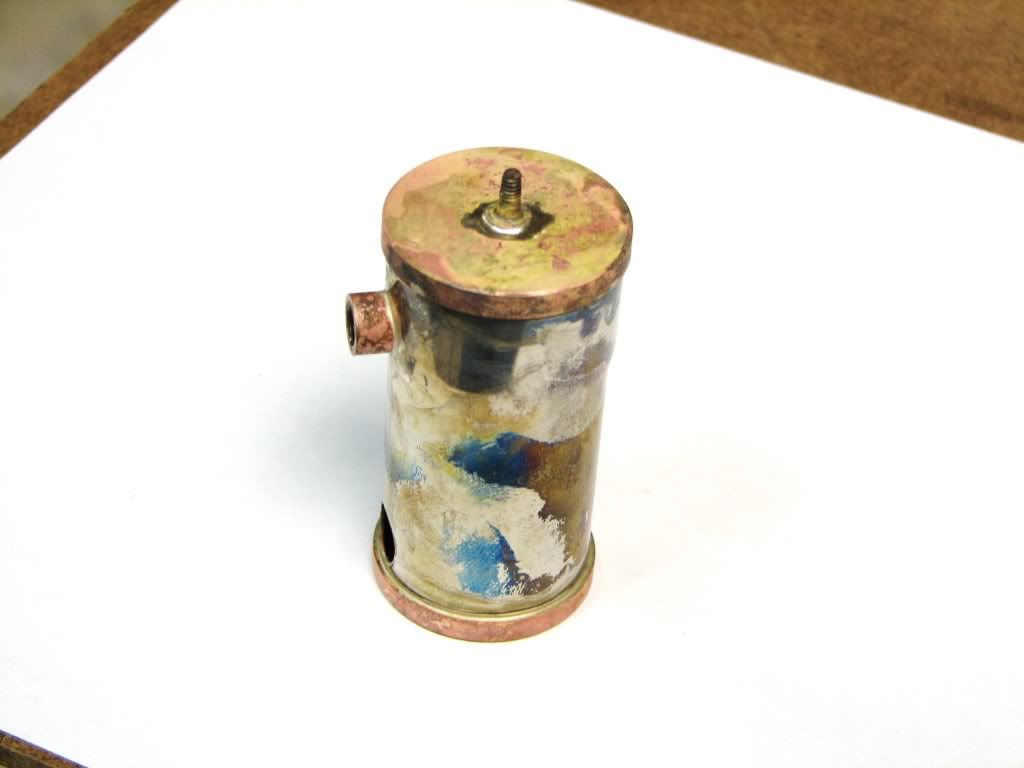zeeprogrammer
Well-Known Member
- Joined
- Mar 14, 2009
- Messages
- 3,362
- Reaction score
- 13
Frazer...I'd like to find the fellow who said computers are friendly...I'd like to introduce him to mine. :big:
Jim...you're absolutely right. The chimney goes on the other end. As for the elbows...I'm not a big believer in multi-purpose tools...but there are exceptions. :big:
Dean and Trout...exactly that...it's difficult to find the balance between those who know nothing at all to appreciate what you're doing and those that know so much not do appreciate what you're doing.
...geesh...this took about 15 minutes to type...but I'm celebrating with the kids...
always a nice reminder...family first...
Now let's see if I can stick a song in their head...
The worms crawl in...?
A hundred bottles of beer on the wall...?
Chicken train..running all day...?
Somewhere over the rainbow...?
Oh they're going to kill me regardless...
Jim...you're absolutely right. The chimney goes on the other end. As for the elbows...I'm not a big believer in multi-purpose tools...but there are exceptions. :big:
Dean and Trout...exactly that...it's difficult to find the balance between those who know nothing at all to appreciate what you're doing and those that know so much not do appreciate what you're doing.
...geesh...this took about 15 minutes to type...but I'm celebrating with the kids...
always a nice reminder...family first...
Now let's see if I can stick a song in their head...
The worms crawl in...?
A hundred bottles of beer on the wall...?
Chicken train..running all day...?
Somewhere over the rainbow...?
Oh they're going to kill me regardless...












![DreamPlan Home Design and Landscaping Software Free for Windows [PC Download]](https://m.media-amazon.com/images/I/51kvZH2dVLL._SL500_.jpg)

















